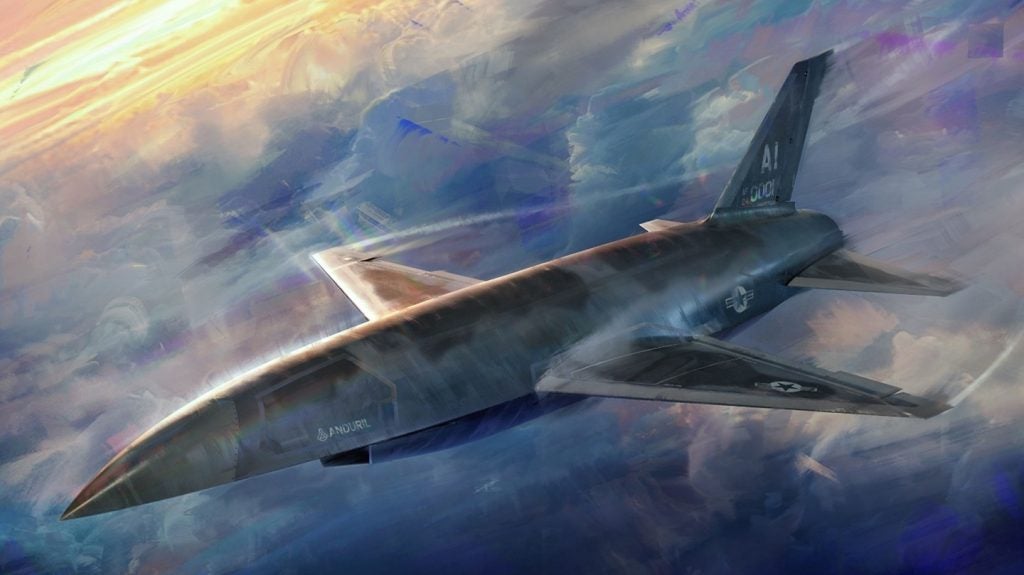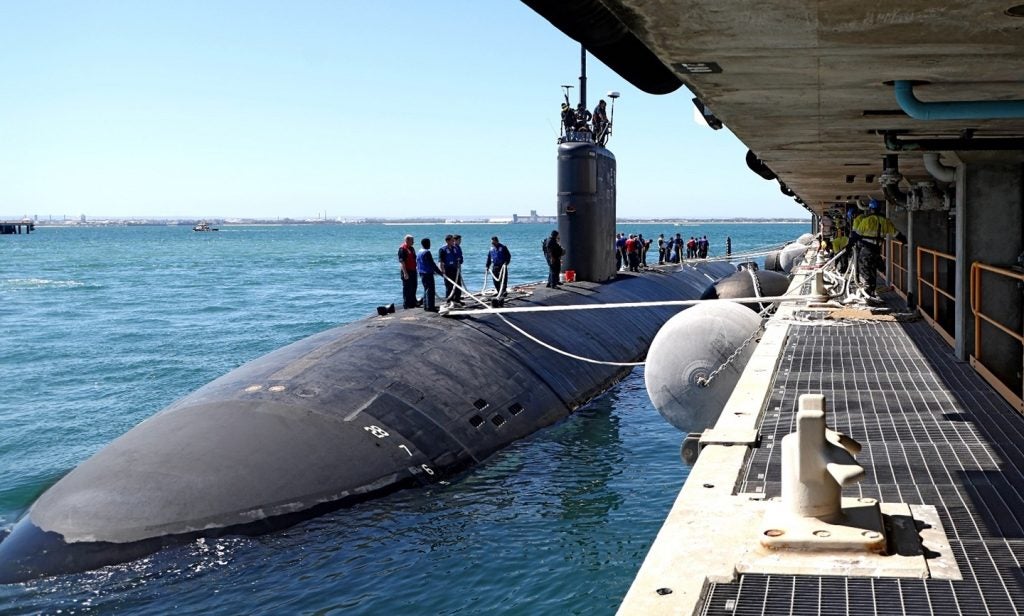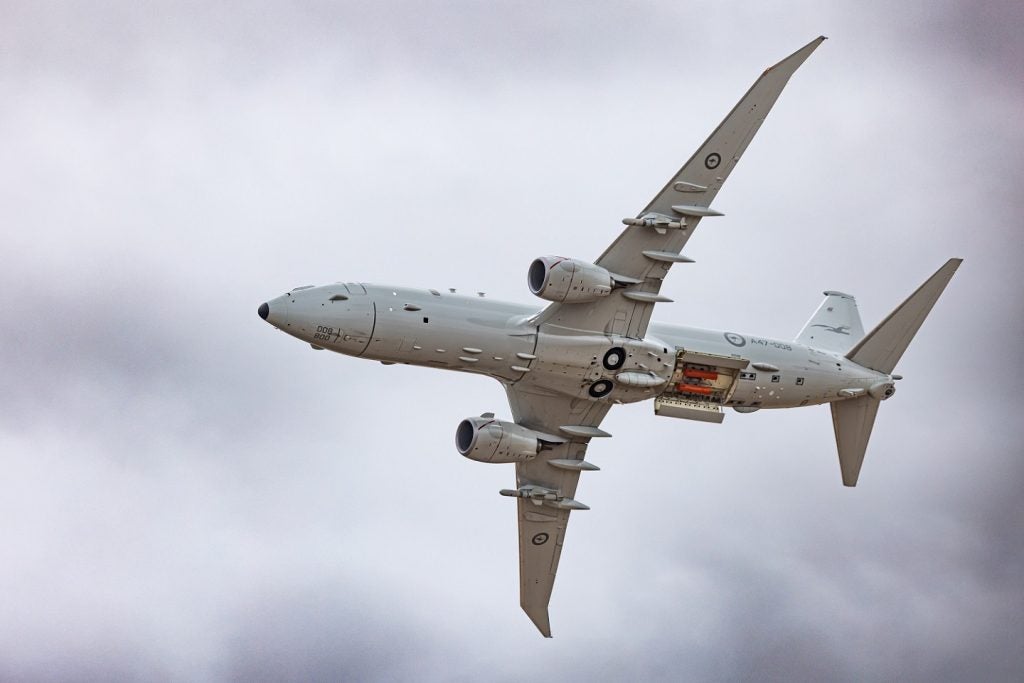Northrop Grumman has received a contract from the US Air Force Research Laboratory (AFRL) to continue improving geo-registration accuracy for positioning and pointing applications.
The contract is for phase three to maintain accurate geo-registration through the image-nav compensation (MAGIC) programme, and requires the company to continue development of capabilities for integration of 3D maps in the vision-aided inertial navigation system it had developed during the previous two phases.
In addition to this, the company will focus on improving performance, quantifying uncertainties associated with image-based navigation and conduct additional test flights to confirm real-time performance in realistic environments.
Partnered with Toyon Research, Northrop had successfully integrated geo-registration algorithms in a vision-aided inertial navigation system in phase one and prepared for flight tests in phase two of MAGIC programme.
Northrop Grumman Advanced Navigation Systems business unit vice president Charles Volk said, "We continue to refine our new positioning and geo-registration solution to offer greater situational awareness to warfighters, especially in GPS-denied situations."
The MAGIC programme aims to develop improved real-time geo-registration and navigation algorithms with the help of a combination of cameras, an inertial measurement unit and GPS.
The programme is expected to benefit from recent progress in the availability of low-size, power, weight and cost-effective camera systems that facilitate the inclusion of camera information in navigation and geo-registration systems for airborne vehicles.
Geo-registration of images includes pairing unreferenced images with the physical locations or accurate coordinates of depicted items, and is critical for interaction between systems, including locating targets and handing off coordinates to other aircraft.
The move enables the aircraft to develop accurate maps by combining photos and correlating them with their locations, which can be used in intelligence gathering and targeting missions.







